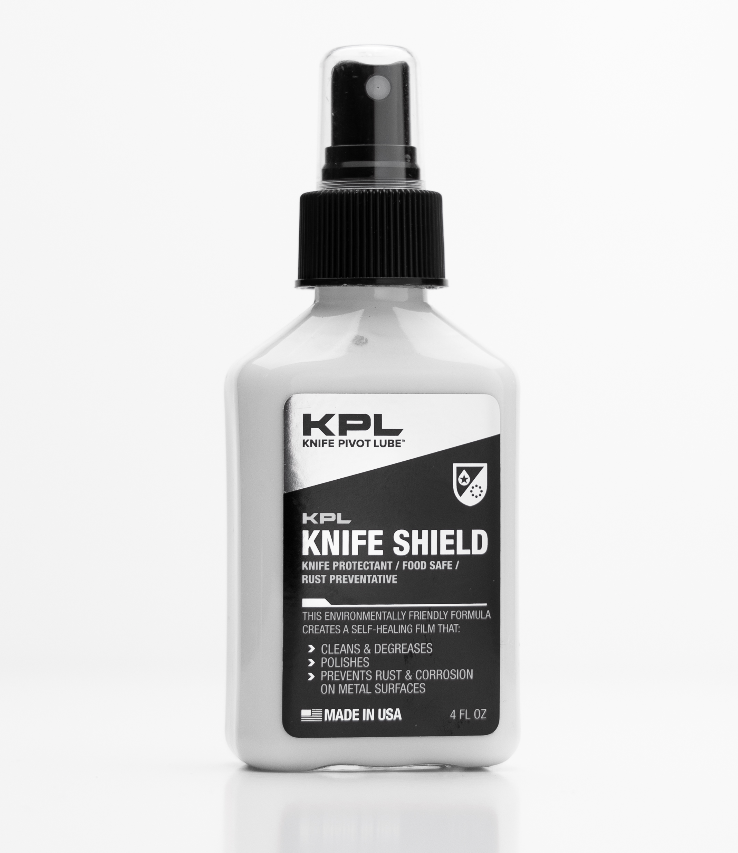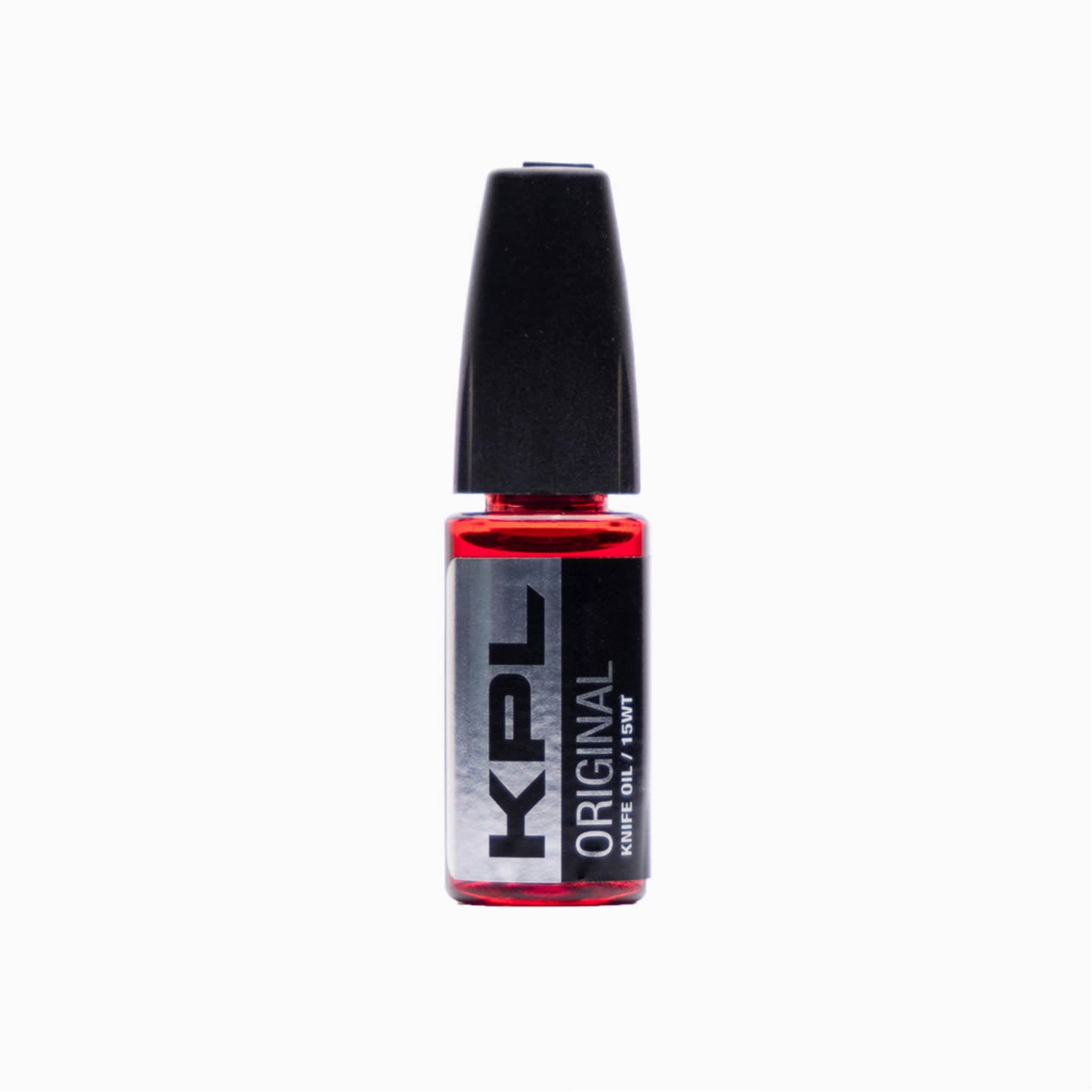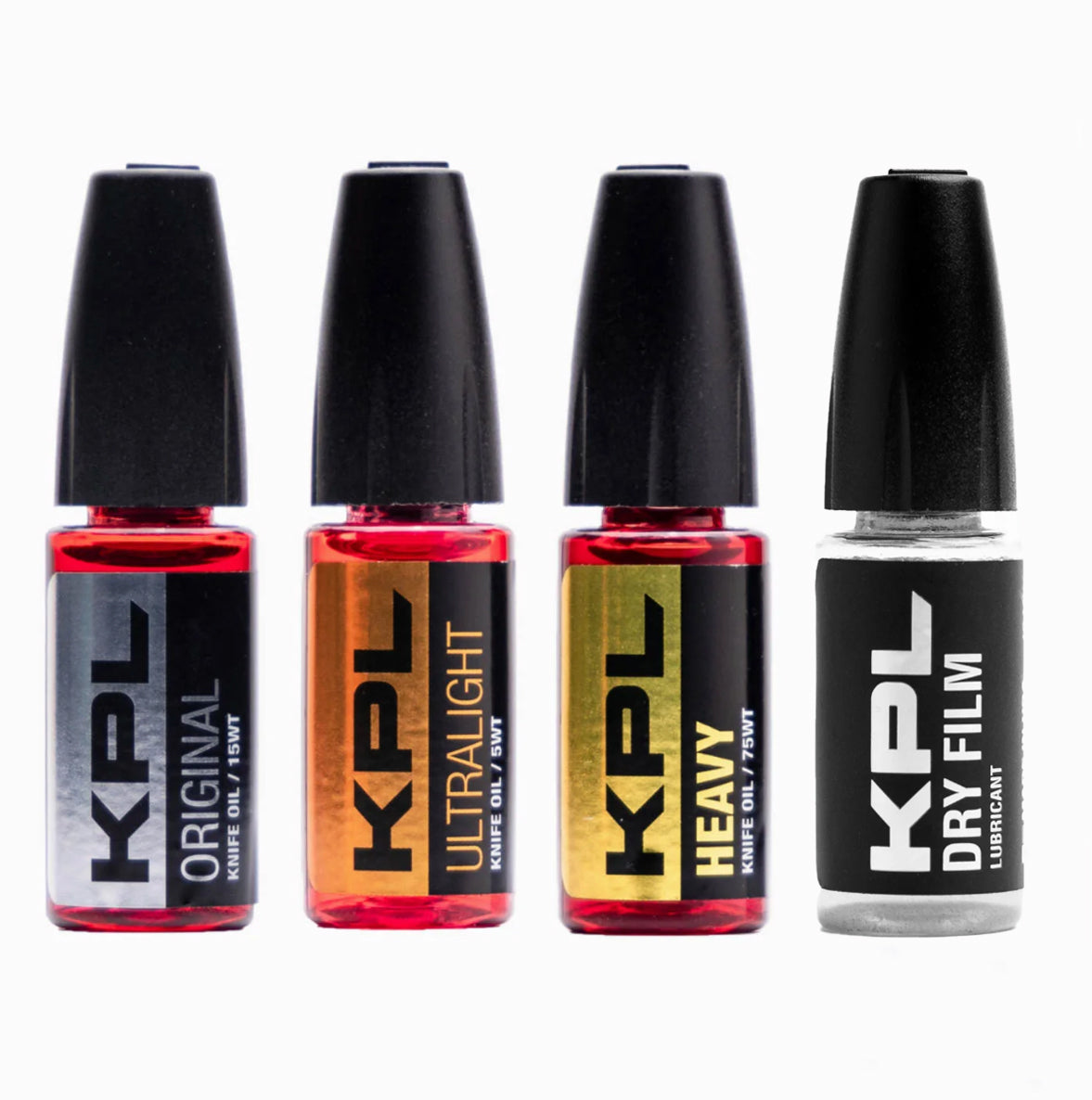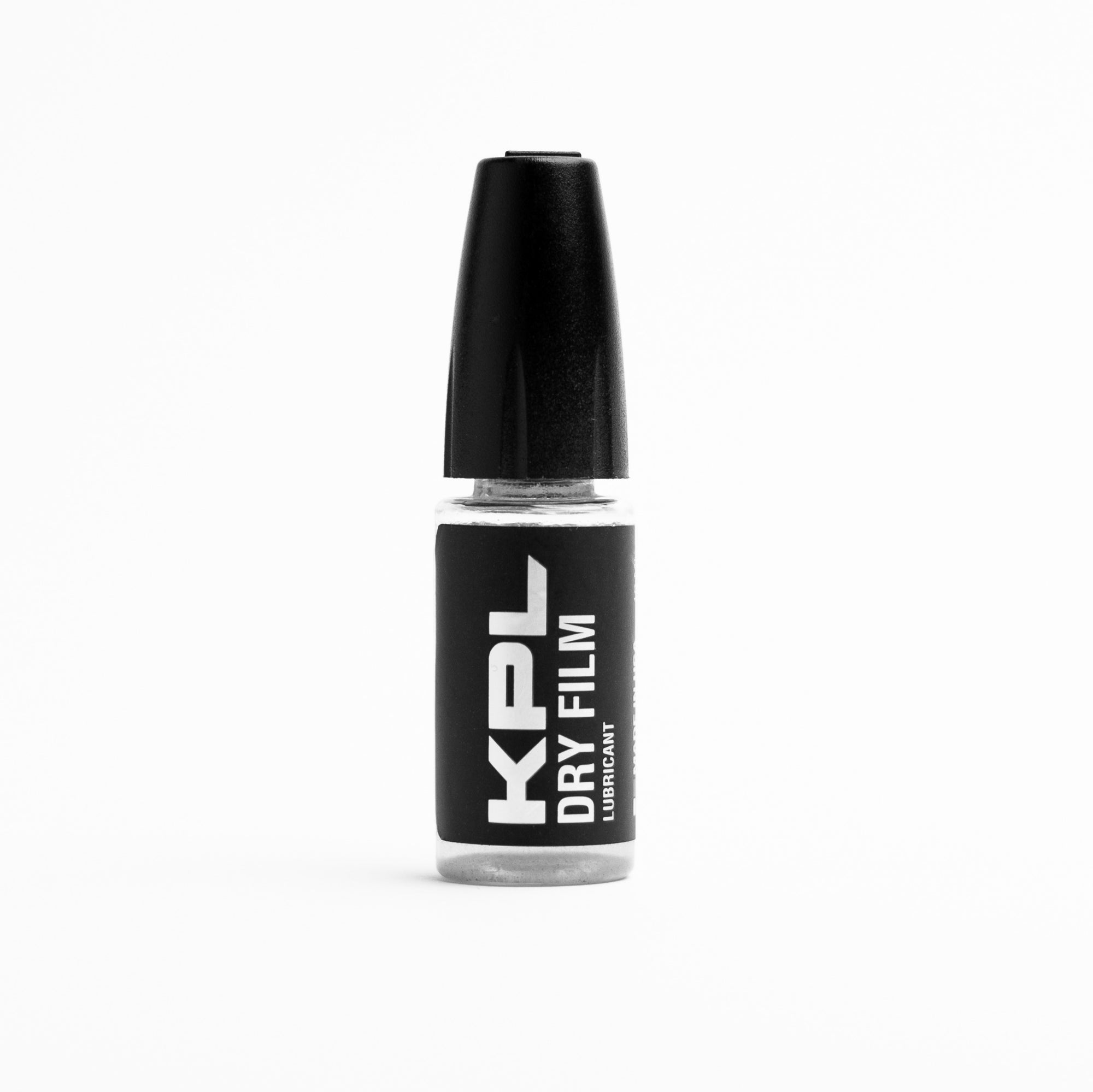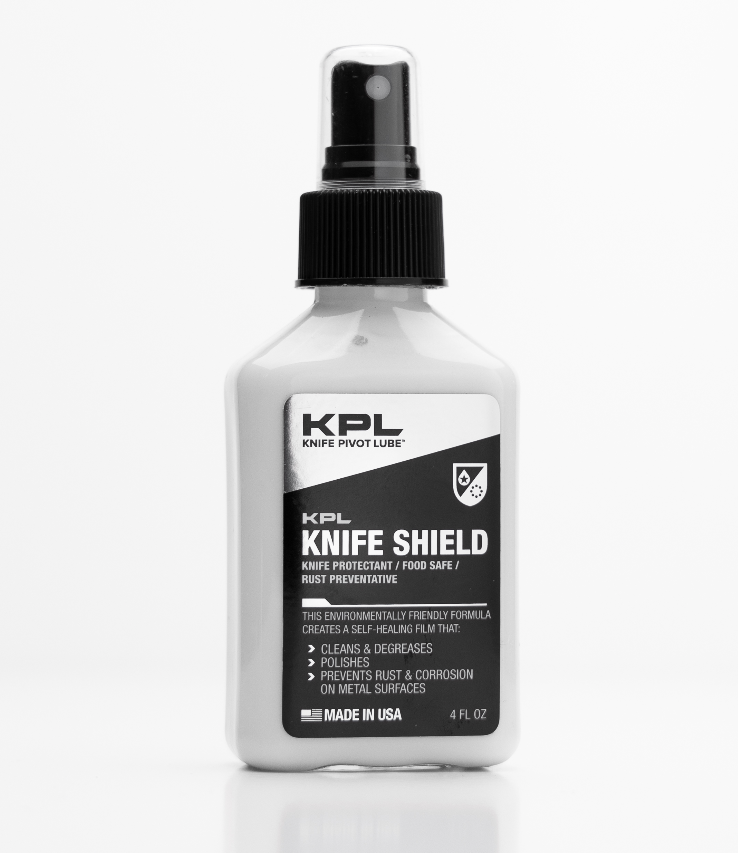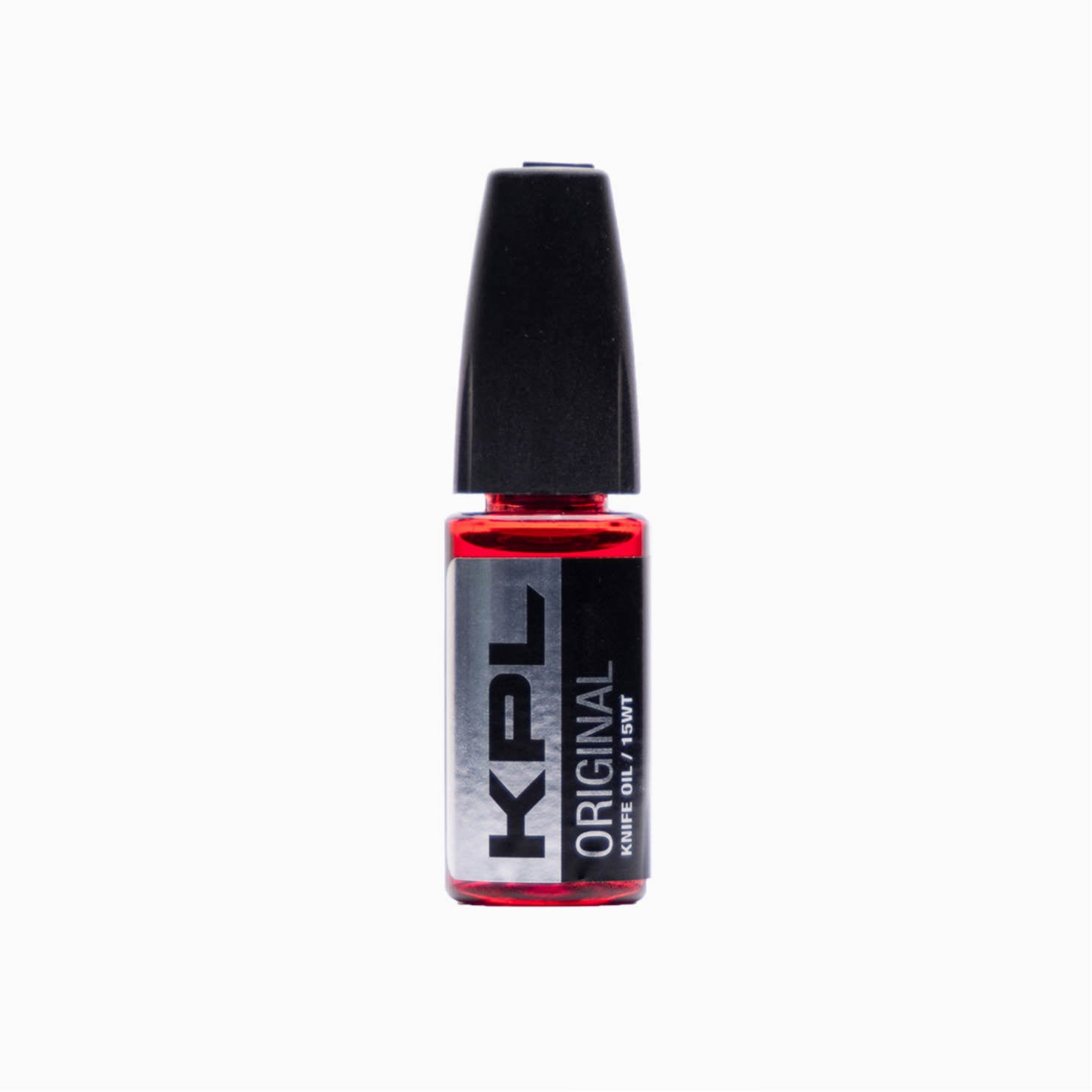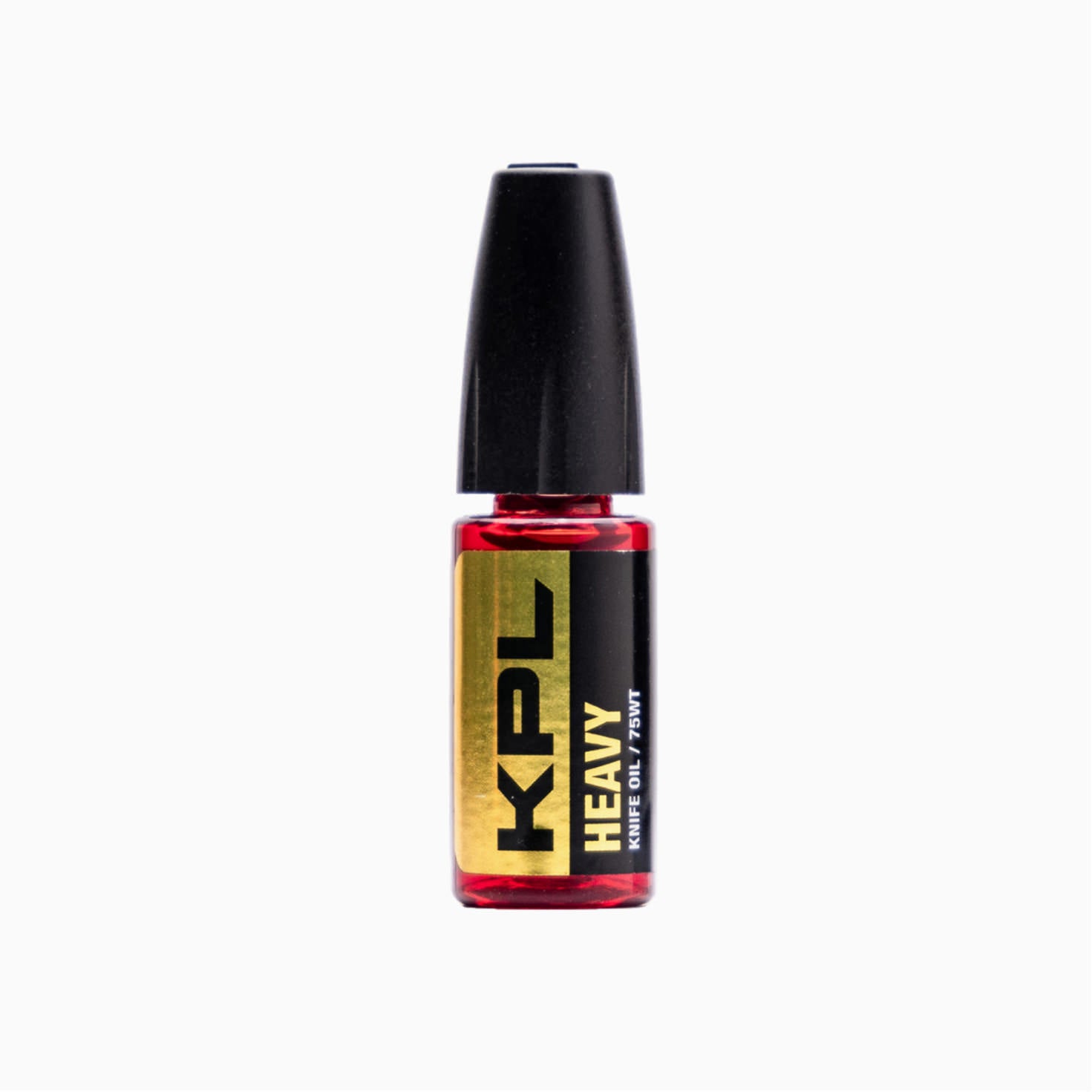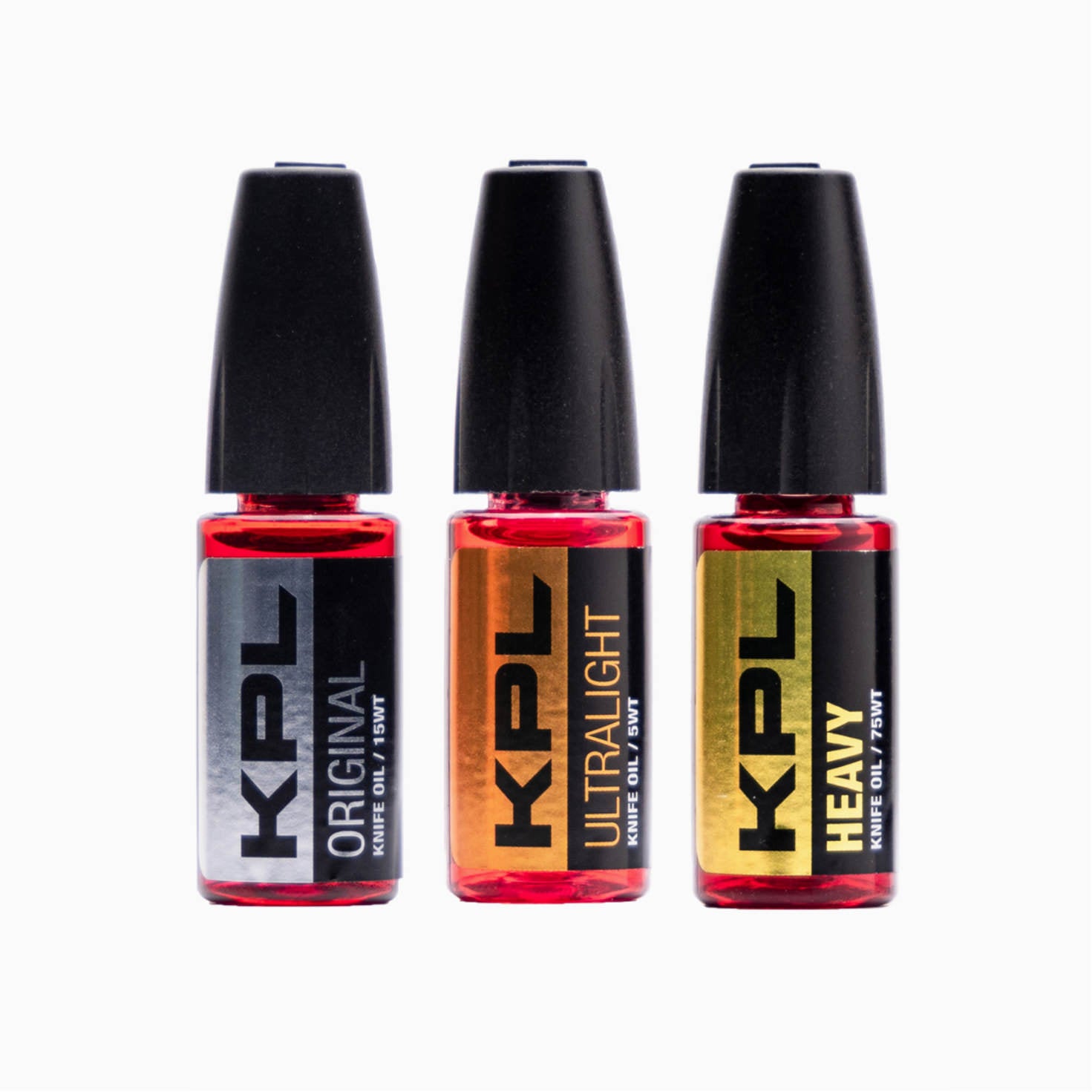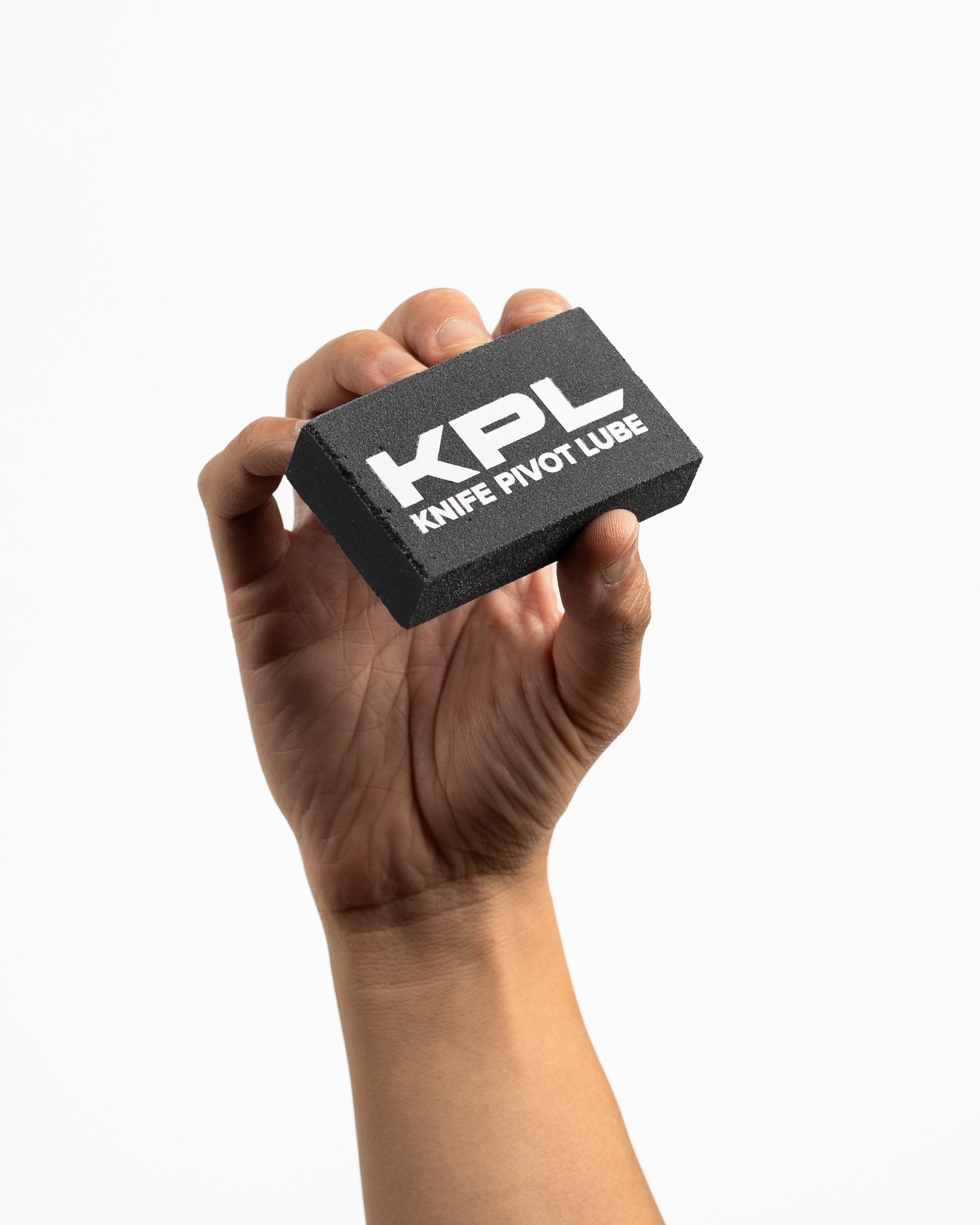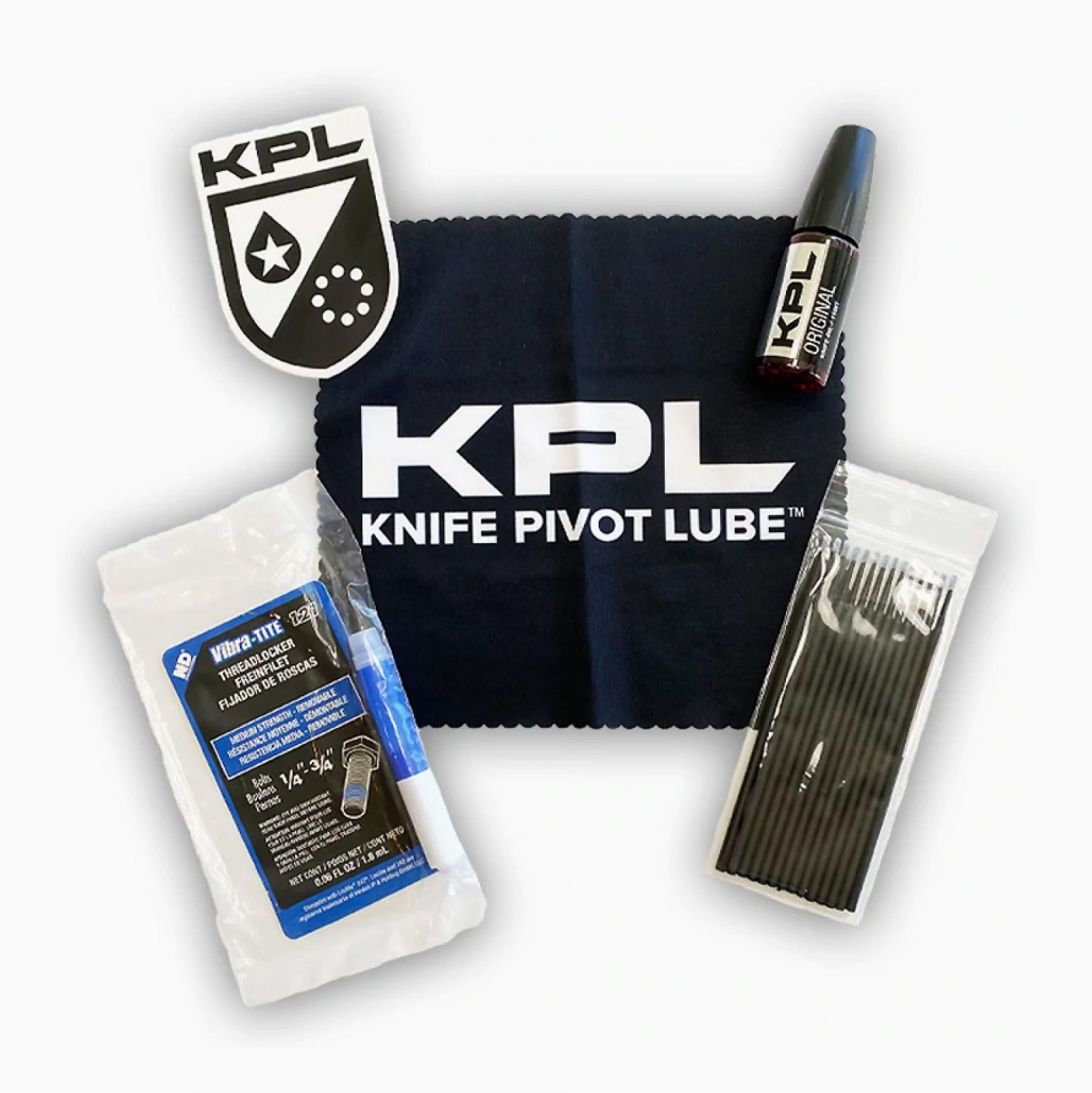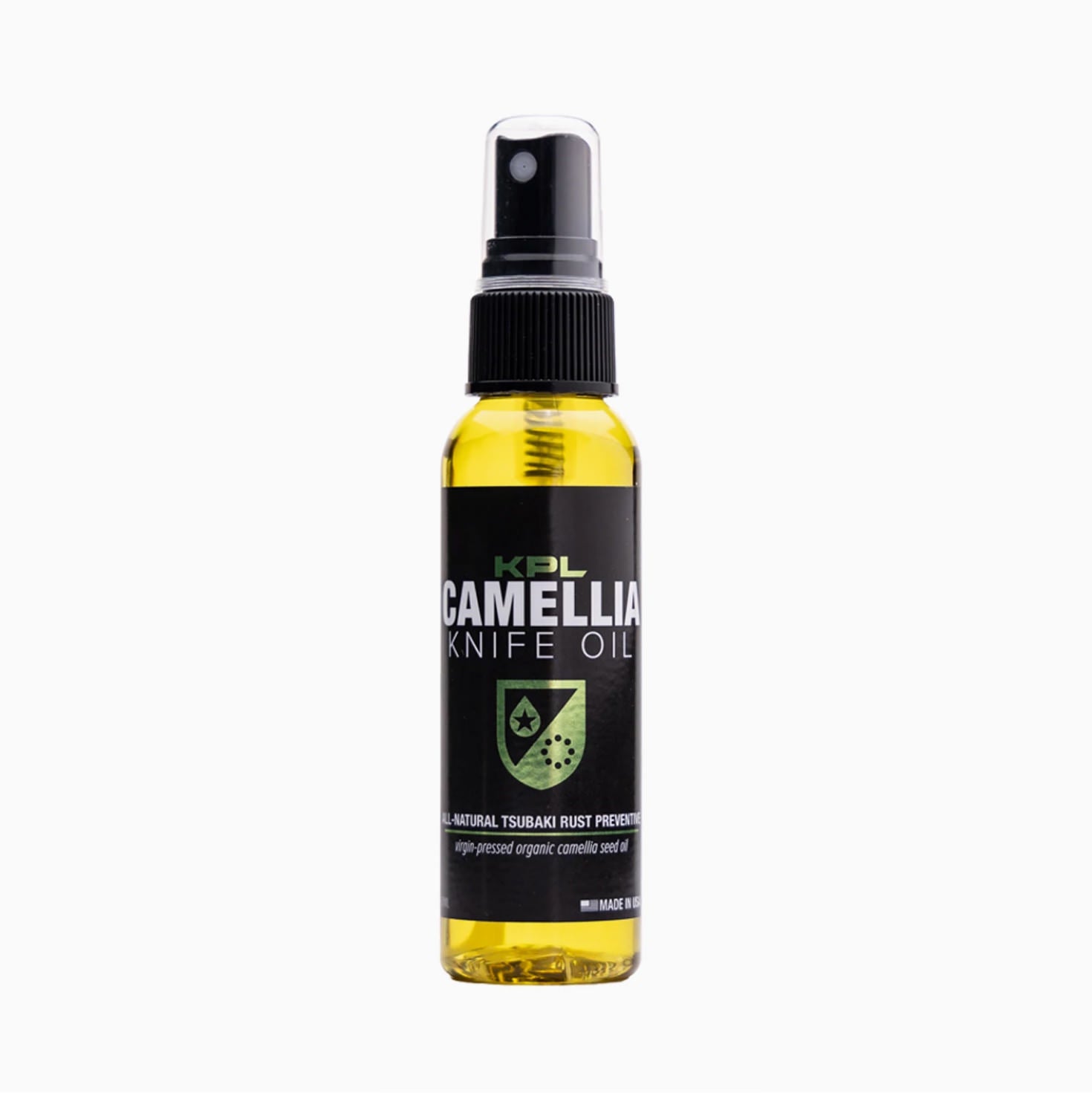Do you have a butterfly knife but don’t understand what all the parts are? Maybe you’re trying to research balisongs and you just don’t get quite get how they work.

Well, this article should help you out! This article covers all the basics on the anatomy of a balisong so you can understand all of its parts, quick and simple!
Hardware
Pivots
The pivots are what hold the main part of a balisong together. They are comprised of two parts, the male and female parts. The male part is the screw that screws into the female part of the pivot. These go into the top of the handle.
Sexbolts
Sexbolts, also known as body screws, are the smaller screws that usually hold the scales down and spacers (explained further below) down into the handles/slabs. They tend to be a lot smaller than the pivot screws and need extra care when being turned.
Zen Pin Screws
These hold the zen barrels (explained further below) into the handles to create a full zen pin, and usually these are the same size as the sexbolts. These screws are prone to stripping, so turn carefully. These also have the bonus of being tune-able, which allows for better sounds during use.
Blade

The blade is the, well, the blade. On a trainer, this is a dull blank with cutouts that mimic a real knife. Usually, these have a notch on one side to mimic the “bite handle”, which is the side of the blade that would be sharp on a real knife.
The blade has the edge, where the blade is sharpened and single-sided blades also have a dull area for tricks. At the bottom of the blade are two holes for the pivots to go through as well as the washers, bushings, or bearings to fit in.
Pivot System
The pivot system refers to the things used to reduce friction within the balisong that fit over the blade.
Washers

Washers are the most common pivot system used in a balisong, and are also used in bushing system knives. They are usually made from steel in cheaper balisongs and phosphorus bronze (as shown above) in higher quality knives and trainers.
Balisongs running on washers won’t have the most amazing tolerances but they are the most budget friendly option and can be just as buttery smooth with proper maintenance.
Bushings

The upgrade from washers is using a bushing system. Bushings are tubes of metal that fit into holes in the tang of the blade. They rest micrometers above the end of the pivot area and have the washers resting on top of them.
This allows for even less friction than with washers alone. Even when the washers have friction against them the bushing itself can move, letting the handles swing. Bushings are widely seen as the best option for pivot systems and can create perfect tolerances.

Bearings

The final option is a caged bearings pivot system. Bearings are ball bearings fit into a caged washer, usually made of Teflon or steel, though ceramic bearing systems exist too. They fit in a pocket shaped into the blade, where the ball bearings roll around and create a very low friction environment.
However, for flipping, bearings are known to flip very fast and can feel more uncomfortable to some who are used to bushings or washers. Though bearings are rarely liked more than bushings, there are plenty of amazing knives that use this system. The picture below is the Ryworx Omeme, one of the most well-known balisongs that runs on bearings.

Tang Pins

Tang pins are pins press-fit into the blade of the balisong that hit tang cups pressed into the handles to stop the handles from touching and slapping during use. One well known maker who uses tang pins is Jerry Hom of HOM Design, who uses tang pins on his knives, such as the famous Basilisk (pictured above).
Handles

Liners

Liners refer to the metal pieces that go under the scales in a sandwich construction balisong (sandwich construction refers to a balisong where the handles are made of two separate pieces, rather than a channel knife, which is made of one single piece). The picture above is a Benchmade 51, the liners of which are made of titanium, which are anodized blue.
Scales
On top of the liners are the scales, which add to both the look and ergonomics of the balisong. The most common material for scales is G10, such as the black scales on the Benchmade 51 above, but there are also aluminum and titanium scales, which change the feel and weight of the knife.
Slabs

A slab is a single piece of the handle on a sandwich balisong that does not use scales. Instead, only the slabs are used to make the complete handle. A good example is the Bladerunners Systems Barebones. The picture above is of a modded one, but the handles are still slabs.
Spacers
Spacers are used to keep the handle liners or slabs separated on a sandwich balisong. These affect the weight, feel, balance, and sound of the knife. There are heavier or lighter spacers, made of anything from carbon fibre, G10, or even titanium. These are commonly used to change the flipping feel and sound of a knife.
Zen Pin Barrels
A zen pin barrel is the female part of a zen pin that fits in between the slabs or liners of a sandwich balisong and has threads on the inside for the zen pin screws to go into. This completes the zen pin system.
Conclusion
Thank you for reading! Hopefully this article helped you understand the basic anatomy of balisongs better If you have further questions, feel free to DM me on Instagram @blade.wielding.queen and I will gladly help you out, and don't forget to use promo code BLADEQUEEN at checkout!

